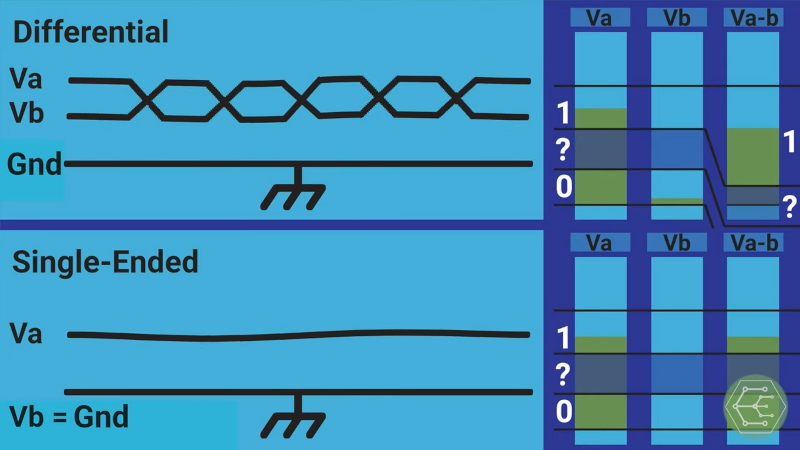
If you’ve done anything with modern lighting effects, you’ve probably heard of DMX, also known as DMX512. Ever wonder what’s really happening under the hood? If so, then you should have a look at [EEForEveryone’s] video on the topic, which you can see below.
At the core, the DMX512 uses RS485, but adds software layers and features. The video uses the OSI model to show how the system works.
Of course, RS485 is just a physical layer like a serial port. The DMX standard defines an actual protocol. If you haven’t used RS485 before, there’s a good explanation of differential signaling and why it is important when you have high data rates or long signal paths. There’s also a discussion of alternate physical layers such as networked DMX512 and wireless DMX.
The 512 part of the name refers to the maximum number of devices on the bus. However, with the networked variation you can use a single Ethernet cable to connect up to 400 DMX busses to one network device. That’s quite a few DMX channels. Each channel is a byte, so a typical RGB LED, for example, consumes three channels.
We’ve seen DMX in a backpack. If you do it right, the DMX can not only react to music, it can be part of the instrument that creates it, too.
No comments:
Post a Comment